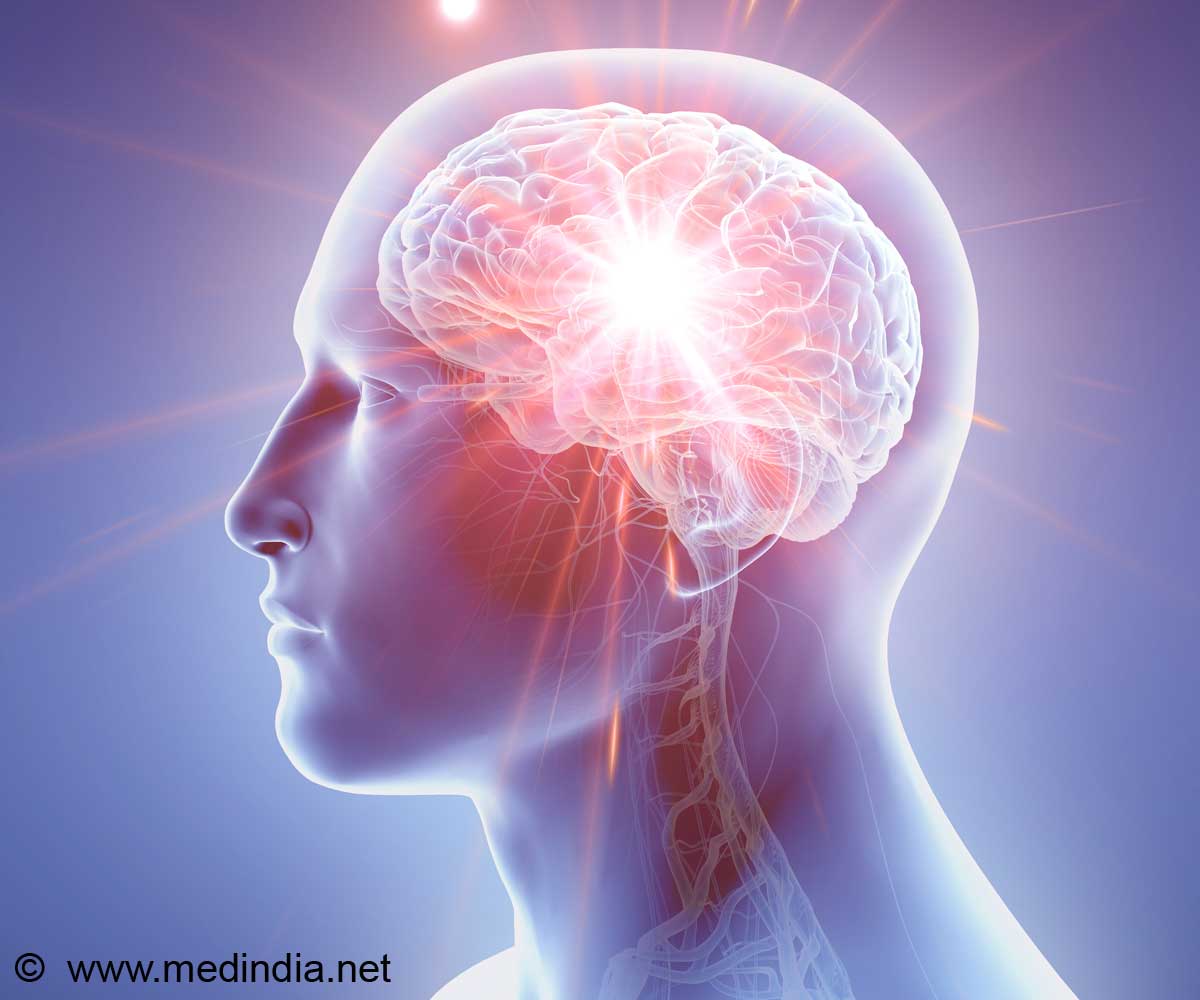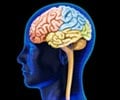If natural selection is imitated in their design, brain implants would be more efficient, requiring minimal battery change.

Warren Grill and his team at Duke University in Durham, North Carolina, wanted to find the optimum waveform that would not only target the desired nerves but also use minimum energy.
The researchers started with random pulses and selected those able to excite neurons in a simulation. Thereafter, they mutated the "fittest" waveforms - those associated with the lowest energy use - and "interbred" the results to make new "offspring".
After 10,000 generations, the team found the optimum waveform: a bell curve with the lower parts of each side cut short by a vertical line. Tests with implants in cats demonstrated the waveforms were effective and minimised energy use.
Grill believes an implant using this waveform would need its batteries replaced five or six times over 30 years instead of eight to 10 times, reports The New Scientist.
The study appears in the Journal of Neural Engineering.
 MEDINDIA
MEDINDIA




 Email
Email








